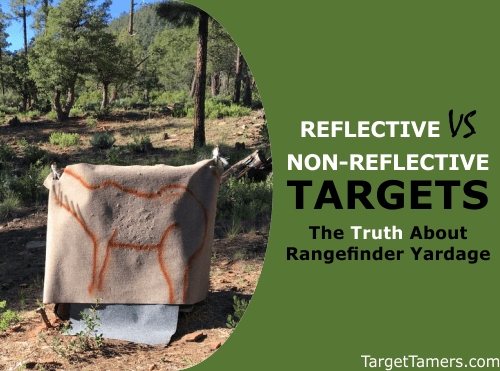
Have you ever felt duped into buying a rangefinder that said it could get you distances out to 600 yards plus some, only to find that you can barely get a reading at 200 yards?
Sadly, it happens all the time.
Knowing the difference between a reflective and non-reflective surface can help you maximize use out of your rangefinder.
Plus, there's so much more you should know when it comes to using your surroundings to get an accurate distance reading. Let's show you how to get it done!
Understanding Rangefinder Performance
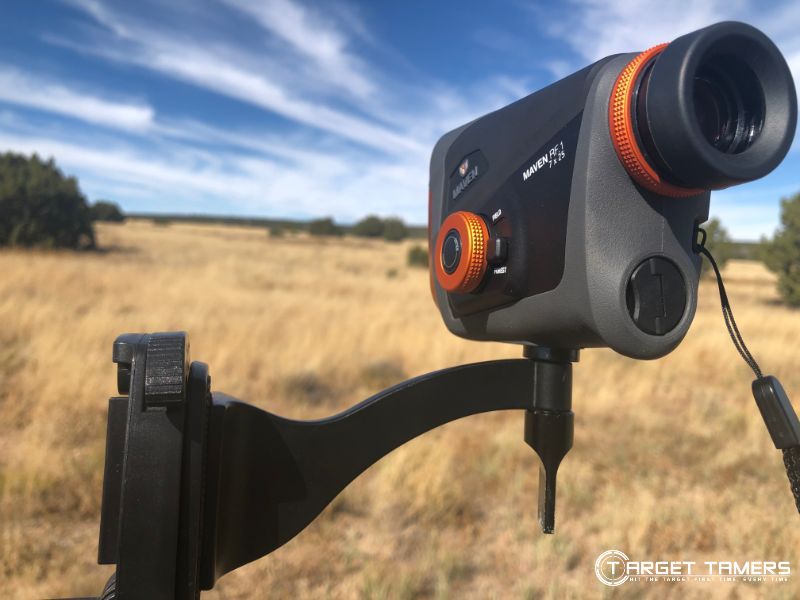
Before we can even get into types of targets, we first have to consider how a rangefinder works. There are so many factors that are involved in the construction of a quality rangefinder, but there are also many other factors that are involved in how it can be a high-performing optic that are out of our control.
A few factors that are within our control are:
1. The Ability to Identify a Target
You need excellent optics. This means considering both magnification and quality glass. A higher-powered rangefinder like an 8X one will see details and more targets than a 4X one. However, you can spot more details and targets with a 4X unit with world-class glass than a 8X one with poor glass and coatings.
2. Beam Divergence
This is the ability to focus laser energy on a target. The further away or smaller the target is, it will be less likely you'll get a reading because the beam divergence becomes larger and is more spread out. The quality of the laser system must also be considered in relation to beam divergence because wavelength,pulse transmissions, and sharpness can vary between manufacturers.
3. Objective Lens Size
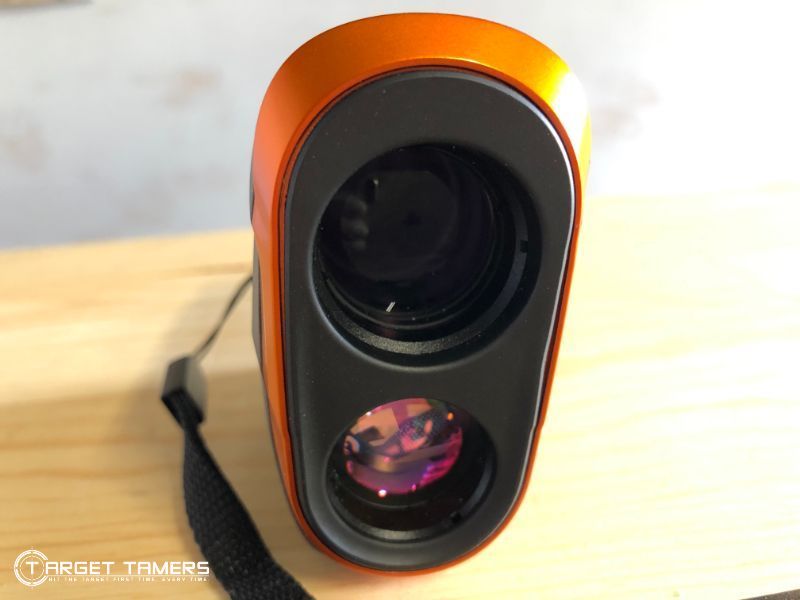
The aperture size has a lot do with how well a laser beam's return data is collected and sent to the internal sensor. Generally, the larger it is, the more likely the optic is able to collect as much return data as possible. This allows for far-reaching distances to be accurately acquired and to improve accuracy and clarity for shorter distances as well.
4. Analyzing the Results
This refers to what the laser rangefinder does with the return data. Many economical and basic rangefinders will simply display the first distance acquired. However, many newer models can emit bursts of thousands of laser beams to acquire a distance and then further analyze the return data to identify and ignore snow, fog, brush, and the like. The more beams that are emitted means that you're more likely to get accurate readings off non-reflective and small targets.
Some factors beyond manufacturers control are:
While manufacturers can do all that they can to improve rangefinder performance, there are still other factors that are beyond even their control. Knowing how these factors affect performance can also help you to maximize rangefinder efficiency for any type of target.
1. Target Reflectivity
The more reflective properties it has, the more likely you'll get a reading.
2. Target Size, Shape, and Density
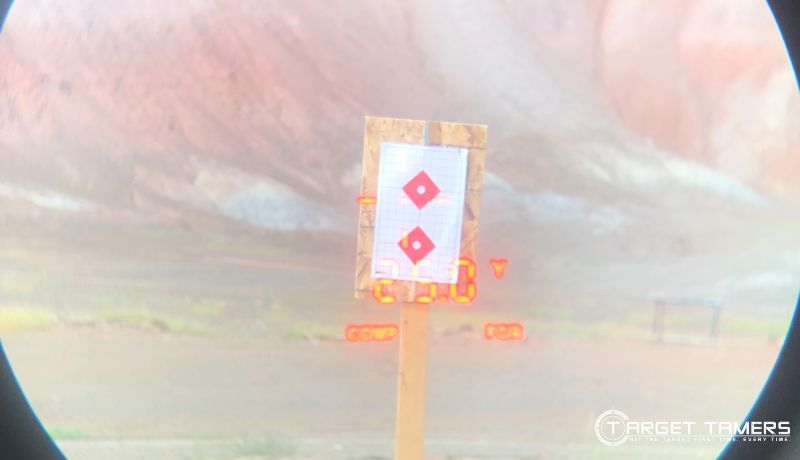
The larger and more dense your target is, the more likely you'll get a reading.
3. Slanted, sloped, and angled surfaces
Oblique surfaces make capturing a reading more difficult. Aim instead for broadside surfaces to provide ideal laser return data.
4. Instability
Vibrations/shaking hands make for a harder time getting an accurate reading. If you have a high-powered rangefinder, consider one compatible with tripod use.
5. Atmospheric Conditions
Rain and snow can interfere with accurate readings. Look for rangefinders with various modes to cater for brush, fog, and rain.
6. Lighting Conditions
Bright light can make for inaccurate readings. Consider ranging to nearby objects to acquire a reading.
Non-reflective Targets
Hunters should be interested in a rangefinder's ability to provide a reading off a non-reflective target. Anything that doesn't reflect light is considered a non-reflective target like trees and animals.
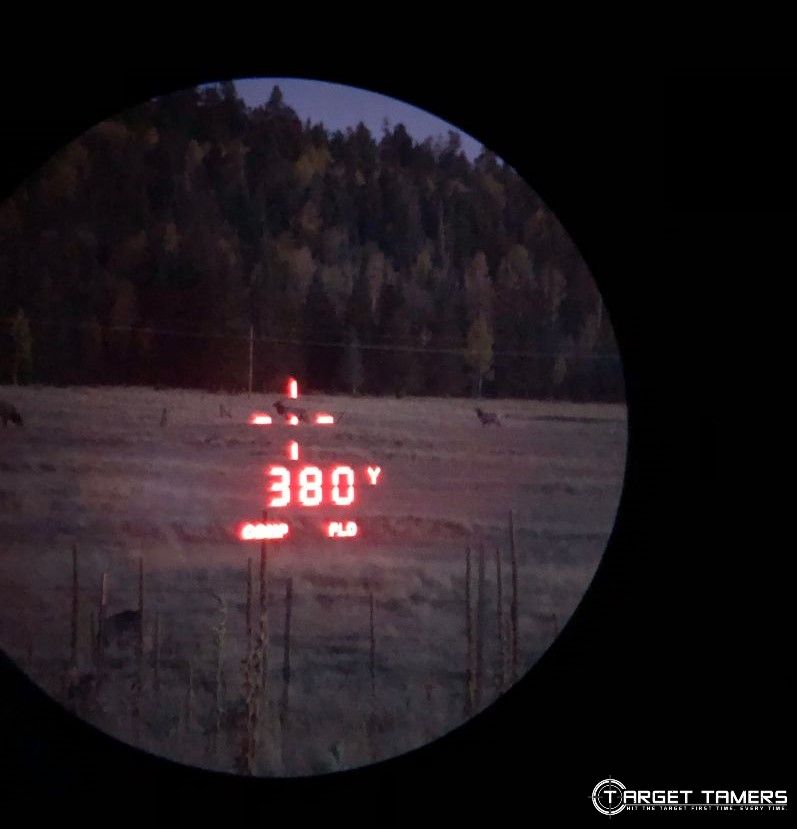
If you're using a laser rangefinder primarily for hunting, you're going to want to pay attention to the shorter yardage distances that are advertised for a specific unit.
For example, consider the Bushnell Fusion 1 Mile ARC 10X42 rangefinder binoculars. From its name, you could be fooled into thinking that you can range out elk at a full one mile. However, you'd be mistaken unless the conditions are absolutely perfect for ranging.
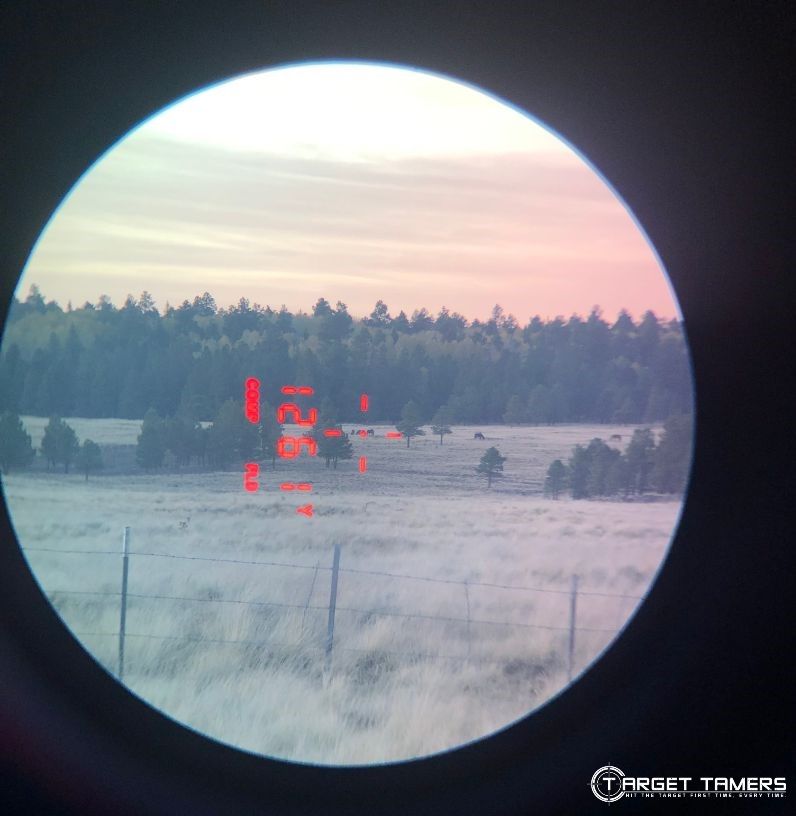
Instead, these rangefinder binoculars have a deer ranging performance of 500 yards, tree ranging performance of 1,000 yards, and a high-reflective ranging performance of 1,760 yards.
Will you be able to get a distance off a mirror being a mile away? Yes! Will you get a reading off a rabbit at 1,000 yards away? Unlikely, unless you can get it to wear a reflector vest!
Reflective Targets
The maximum reflective ranging distance is usually irrelevant to hunters unless they're proficient at ranging nearby reflective surfaces to get the best guess distance to their prey.
A reflective target is any target that's able to reflect light like metal, glass, and maybe some wet objects like wet rocks near a lake. The advertised reflective ranges can be helpful for applications like golf.
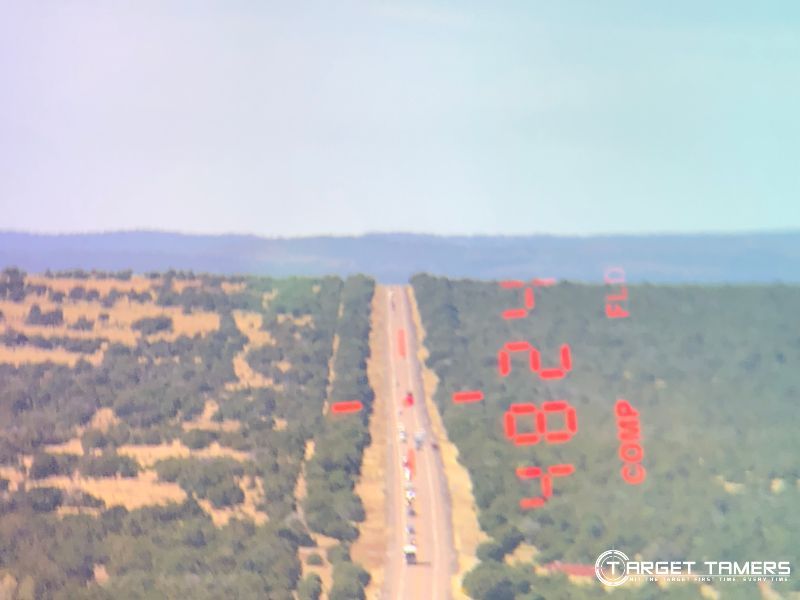
Even golf rangefinders will advertise a reflective range for a relative maximum distance, but not all golf courses offer reflective prisms on their flag sticks.
The lower distance will be helpful to know how useful the rangefinder can be to pick up flag sticks, flags, hazards, and nearby trees. However, golf rangefinders differ from hunting rangefinders.
For hunting, knowing the maximum ranging performance of the rangefinder can also tell you some useful information. Since these marketed distances have usually been acquired through testing in absolutely ideal conditions like on a very large, highly-reflective target on a tripod in low light, it's unlikely that you'll have the same ideal conditions.
So, you can guess that you might be able to get about 70-80 percent efficiency for performance in less than ideal conditions like bright light with hand-held use on a medium-size reflective target.
For example, if you take the Leupold RX-650 rangefinder, it has a maximum reflective range of 650 yards. It can range out to trees at 600 yards and to deer at 575 yards in ideal conditions. Sometimes, it's not always this good.
Take the Bushnell Michael Waddell Bone Collector Edition rangefinder with a maximum 600 yard ranging distance. While 600 yards sounds awesome, its actual deer ranging capability is only 200 yards. However, if you're a conventional hunter, 200 yards to your target is no sweat off your back. It's far enough to make your shot anyway, so although it's not 600 yards, 200 yards is still good.
More Than What Meets The Eye!
There's so much more than just distance involved when looking for the right rangefinder. Even if you can positively acquire a distance on your target, a clear shot just might not materialize due to the cover, the position of your target, and various other factors.
But, when it comes to knowing how well a rangefinder will perform when it comes to the reflective properties of a target, you won't be duped into the marketing gimmicks of high ranging distances. There's always more to the story than what meets the eye!
Further Reading



